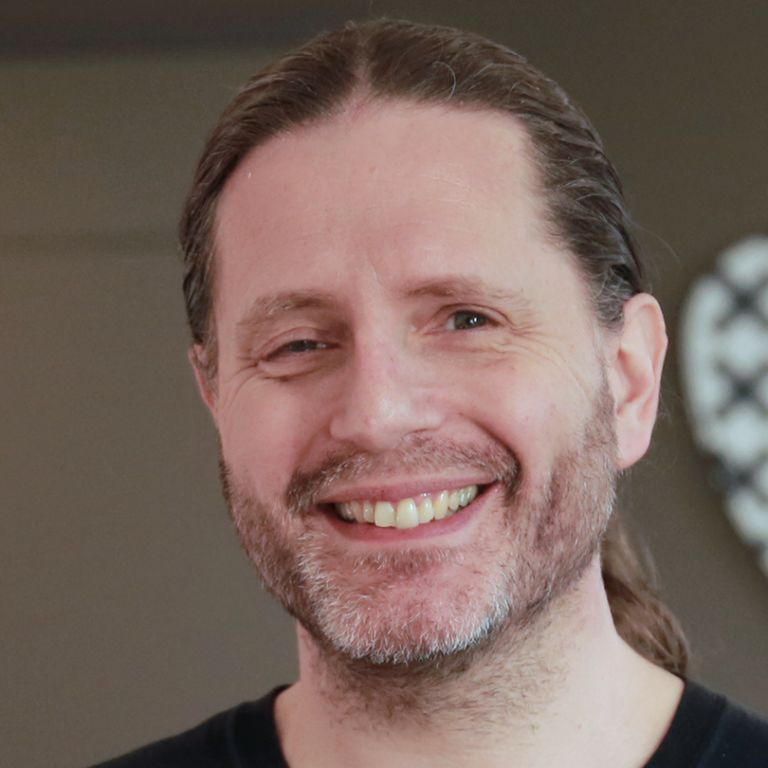
Trond Hjorteland
Senior Consultant at Scienta, aspiring sociotechnical systems designer
· Twitter
· LinkedIn
· Blog
· Company Website
·
· Reductionism and Holism in DDD
· User Story Mapping for Domain Discovery
Bio
Trond is an IT architect and aspiring sociotechnical systems designer from the consulting firm Scienta.no and has many years experience with large, complex, and business critical systems, primarily as a developer and architect on middleware and backend applications. His main interests are service-orientation, domain-driven design, event driven architectures, and sociotechnical systems, working in industries like telecom, media, TV, and public sector. Mantra: Great products emerge from collaborative design.
Reductionism and Holism in DDD
(Lightning Talk (4-7min))
by
Trond Hjorteland
Most of us have been taught that analysis and reductionism is the way to deal with complexity, breaking the problem up into small manageable parts and treat them in isolation. Systems thinking puts a totally different spin on this, claiming that instead holism and synthesis is needed to fully understand a system, especially in order to get a grasp of the emergent behaviour that are not explainable based on the parts alone. In this talk I will take a brief look at these two paradigms and investigate how holism can provide important insights and knowledge to handle the complexity in domains that DDD is often argued to be the tool of choice for. We will take a look at why reductionism is dominating in the natural sciences, while social sciences is mostly explained using holism and see what these professions can teach us about how to approach software as part of a sociotechnical system.
User Story Mapping for Domain Discovery
(Lab)
by
Trond Hjorteland
Are you in a company that is customer obsessed, striving to create solutions that focus on the user needs and desires? Maybe you even try to build those solutions together with the customer, involving them in the actual design by building incrementally using mock-ups, pilots, and MVPs? How we build stable and sustainable IT solutions in such an highly agile environment?
In this workshop, we will take a close look at a technique that came out of the agile community; user story mapping. The original application was to get control of the product backlog, making it explicitly connected with the user interaction and help discovering delivery slices that are viable for the user. Its applicability can also be extended to include other phases of the product delivery, all the way from the initial ideas and inception, creating coherent customer journeys, to the continuous enrichment and maintenance of the product after the initial deliveries. Story mapping is not only a tool for product discovery, but also domain modelling and product delivery, being a tool to cross the chasm between business and IT, i.e. the problem and solution domain.
We will create a map for a concrete product taken from the pay TV domain, trying to follow all the phases of the product discovery and learn the intricacies of the domain along the way. The user need is the main driver here, but will also be constrained by company strategies, IT legacy, organisational structure, and many other factors. We will also see how the map can be used to handle changes in requirements as well as explore how one can incrementally construct the product to shorten the essential feedback-loop.